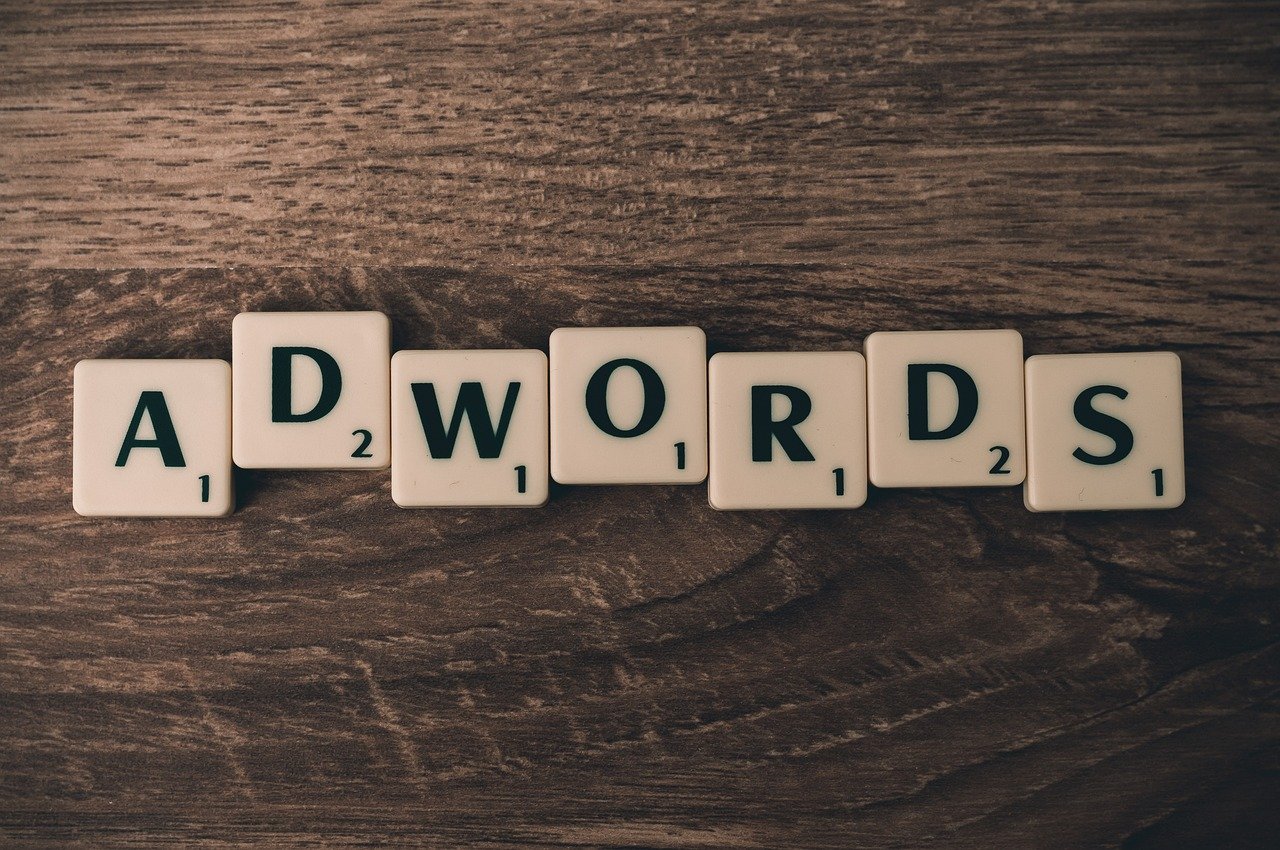Feeling overwhelmed by your to-do list? Do you constantly feel like you’re running out of time? You’re not alone. In today’s fast-paced world, productivity is more crucial than ever. But productivity isn’t just about doing more; it’s about doing the right things, efficiently and effectively. This guide will equip you with practical strategies and techniques to unlock your productivity potential and achieve your goals.
Understanding Productivity: Beyond Just “Getting Things Done”
Productivity isn’t simply about checking off tasks; it’s about maximizing your output while minimizing wasted effort. It’s about working smarter, not harder. It’s about achieving meaningful progress and feeling a sense of accomplishment.
Defining Productivity: Efficiency and Effectiveness
- Efficiency: Doing things right. This focuses on minimizing wasted resources, time, and energy to complete a task.
Example: Using keyboard shortcuts instead of mouse clicks to navigate software is an efficiency improvement.
- Effectiveness: Doing the right things. This emphasizes choosing the tasks and activities that will have the biggest impact on your goals.
Example: Prioritizing a crucial client presentation over responding to less urgent emails is an effectiveness improvement.
Common Myths About Productivity
- Myth: Multitasking is productive.
Reality: Studies show multitasking reduces focus and increases errors. Context switching takes a toll on your cognitive resources.
- Myth: Being busy equals being productive.
Reality: Busyness doesn’t necessarily translate to meaningful results. It’s possible to be busy but unproductive, focusing on low-impact tasks.
- Myth: You need to work long hours to be productive.
Reality: Burnout is a real threat. Sustainable productivity comes from working efficiently and prioritizing rest.
The Importance of Goal Setting
- Clear goals provide direction and motivation. Without defined goals, it’s difficult to measure progress and stay focused.
- SMART Goals: Use the SMART framework (Specific, Measurable, Achievable, Relevant, Time-bound) to create effective goals.
Example: Instead of “Improve my writing,” try “Write and publish one blog post per week for the next month.”
Time Management Techniques for Increased Productivity
Effective time management is fundamental to boosting productivity. By controlling how you spend your time, you can prioritize important tasks, reduce distractions, and achieve more in less time.
The Pomodoro Technique
- This technique involves working in focused 25-minute intervals (Pomodoros) followed by a 5-minute break. After four Pomodoros, take a longer break (15-20 minutes).
- Example: Set a timer for 25 minutes and focus solely on writing a section of a report. After the timer rings, take a 5-minute break to stretch or grab a drink.
- Benefits: Improved focus, reduced distractions, enhanced time awareness.
The Eisenhower Matrix (Urgent/Important)
- Categorize tasks based on their urgency and importance:
Urgent and Important: Do these tasks immediately.
Important but Not Urgent: Schedule these tasks for later.
Urgent but Not Important: Delegate these tasks if possible.
Neither Urgent nor Important: Eliminate these tasks.
- Example: An urgent and important task might be fixing a critical website error. An important but not urgent task might be planning a marketing campaign.
- Benefits: Prioritization, focused effort on high-impact tasks, reduced stress.
Time Blocking
- Allocate specific blocks of time in your calendar for particular tasks or activities. This helps you structure your day and avoid getting sidetracked.
- Example: Block out 9:00 AM – 11:00 AM every Tuesday for writing content. Block out 2:00 PM – 3:00 PM daily for responding to emails.
- Benefits: Structured schedule, reduced procrastination, improved focus.
Minimizing Distractions and Maximizing Focus
Distractions are a major productivity killer. Learning how to minimize them and maintain focus is crucial for achieving peak performance.
Identifying Common Distractions
- External Distractions:
Notifications (email, social media, phone calls)
Noisy environments
Interruptions from colleagues
- Internal Distractions:
Wandering thoughts
Hunger or fatigue
Stress and anxiety
Strategies for Reducing Distractions
- Turn off notifications: Disable all non-essential notifications on your phone and computer.
- Create a dedicated workspace: Find a quiet place where you can focus without interruptions.
- Use website and app blockers: Tools like Freedom and Cold Turkey can block distracting websites and apps.
- Communicate your availability: Let colleagues know when you need uninterrupted time to focus.
- Practice mindfulness: Mindfulness techniques can help you become more aware of your thoughts and feelings, making it easier to resist distractions.
Techniques for Deep Work
- Deep work involves focusing without distraction on a cognitively demanding task.
- Cal Newport’s “Deep Work” recommends:
Monastic Philosophy: Eliminate distractions entirely.
Bimodal Philosophy: Dedicate specific days or weeks to deep work.
Rhythmic Philosophy: Establish a consistent routine for deep work.
Journalistic Philosophy: Squeeze deep work into any available time.
Leveraging Technology for Enhanced Productivity
Technology can be a powerful tool for boosting productivity, but it’s important to use it strategically and avoid becoming overwhelmed.
Task Management Software
- Examples: Asana, Trello, Todoist
- Features: Task lists, deadlines, progress tracking, collaboration tools
- Benefits: Improved organization, streamlined workflow, enhanced accountability
Note-Taking and Knowledge Management Apps
- Examples: Evernote, Notion, OneNote
- Features: Note-taking, organization, collaboration, document storage
- Benefits: Improved knowledge retention, efficient information retrieval, enhanced collaboration
Automation Tools
- Examples: Zapier, IFTTT
- Features: Automate repetitive tasks, connect different apps and services
- Benefits: Reduced manual effort, increased efficiency, streamlined workflow
- Example: Automatically save email attachments to a specific folder in Dropbox.
Communication Tools
- Examples: Slack, Microsoft Teams
- Features: Instant messaging, file sharing, video conferencing
- Benefits: Streamlined communication, improved collaboration, faster decision-making
- Consider setting specific times for checking and responding to messages to avoid constant interruptions.
Prioritizing Self-Care for Sustained Productivity
Productivity isn’t just about working hard; it’s also about taking care of your physical and mental well-being. Neglecting self-care can lead to burnout, decreased focus, and reduced productivity.
The Importance of Sleep
- Aim for 7-9 hours of quality sleep per night.
- Sleep deprivation impairs cognitive function, reduces focus, and increases stress.
- Tips for improving sleep:
Establish a regular sleep schedule.
Create a relaxing bedtime routine.
Avoid caffeine and alcohol before bed.
Ensure your bedroom is dark, quiet, and cool.
The Role of Nutrition
- Eat a balanced diet rich in fruits, vegetables, whole grains, and lean protein.
- Avoid processed foods, sugary drinks, and excessive caffeine.
- Benefits of healthy eating:
Improved energy levels
Enhanced cognitive function
Reduced stress and anxiety
The Power of Exercise
- Aim for at least 30 minutes of moderate-intensity exercise most days of the week.
- Exercise improves mood, reduces stress, and enhances cognitive function.
- Types of exercise:
Walking, jogging, swimming, cycling
Yoga, Pilates, strength training
Mindfulness and Stress Reduction
- Practice mindfulness techniques like meditation or deep breathing to reduce stress and improve focus.
- Benefits of mindfulness:
Reduced stress and anxiety
Improved focus and concentration
Enhanced emotional regulation
Conclusion
Boosting your productivity is a continuous journey, not a destination. By implementing the strategies and techniques outlined in this guide – from effective time management and distraction minimization to leveraging technology and prioritizing self-care – you can unlock your full potential and achieve your goals more efficiently and effectively. Remember to experiment with different approaches, find what works best for you, and consistently refine your methods to optimize your productivity over time. The key is to be intentional, mindful, and committed to continuous improvement.



